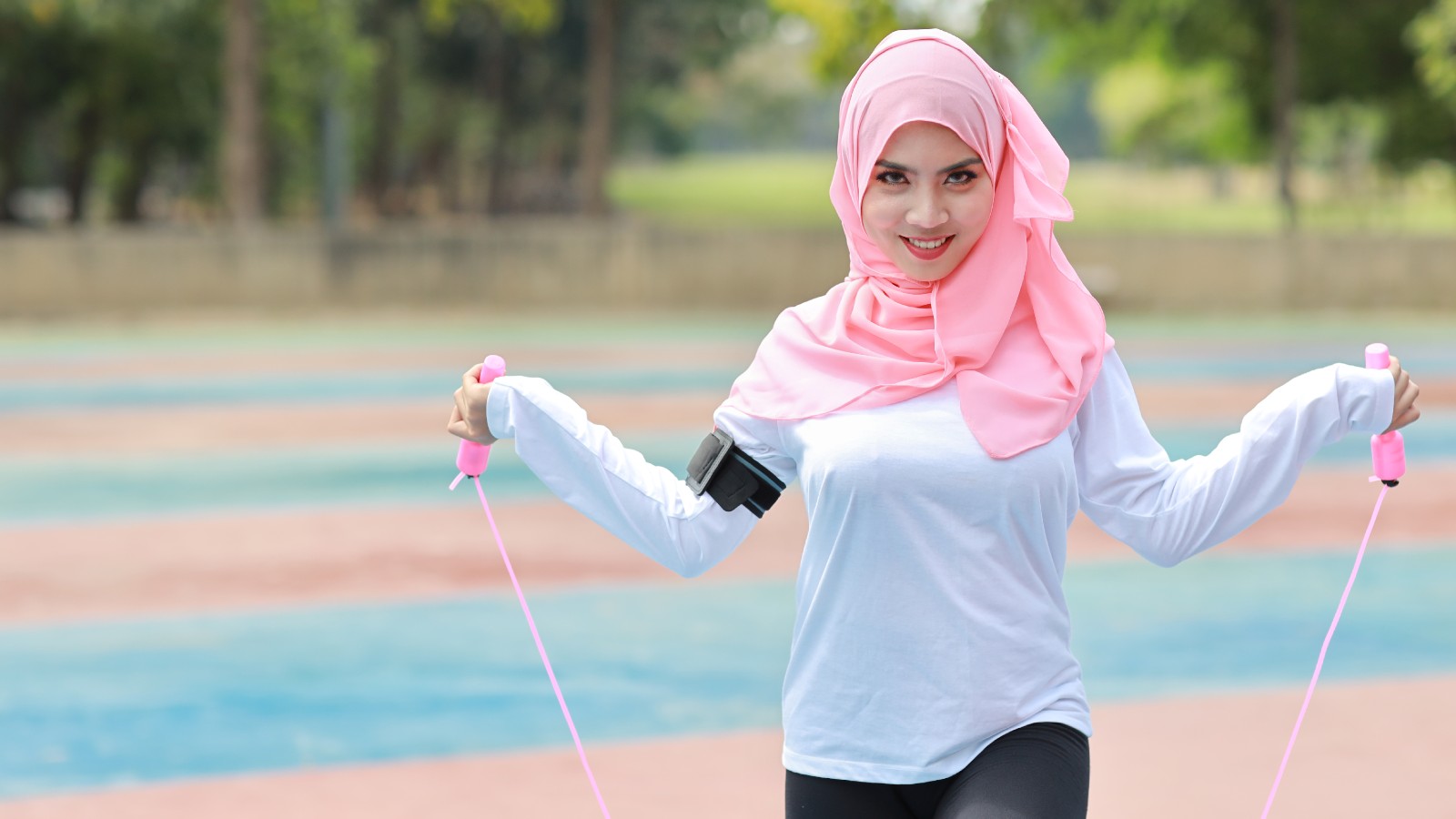
Meet Anya ...
She is currently studying physiotherapy at university and works part-time at the YMCA as an assistant Personal Trainer. Because of her studies, Anya has a specific interest in helping clients to improve their functional movement ability.
What is functional movement?
Essentially it is all the different types of movements that the human body is capable of. There are seven types, Push, Pull, Squat, Lunge, Hinge, Rotation, and Gait. Most of these are fairly self-explanatory, the ones that people may not have heard of are Hinge, which is bending at the hips whilst keeping a straight spine, and Rotation, which is the twisting of the torso from side to side.
Gait is the most complex because it encompasses a variety of movements like walking, running, skipping, and hurdle stepping.
These movements can be performed with or without equipment, when we use equipment it tends to be things like resistance bands, free-weights, or skipping ropes.
What sort of functional movement problems do people tend to experience?
Flexibility, which is essentially the range of movement of the joints, can be reduced through sedentary lifestyles, muscle imbalance, injuries, and certain chronic medical conditions. Depending on the severity a person's ability to perform the basic functional movements may be moderately or severely limited, in some cases, they may not be able to perform a movement without assistance or a supportive aide like a walking stick or support bar.
How do you determine a person's functional movement ability?
We use a variety of tools and recording devices during fitness appraisals. One of the most common is the Goniometer which is a measuring device with a stationary arm and a movement arm joined together with a fulcrum. It is used to measure the angle of a specific joint in degrees to determine if the client has any limitations of movement. We also utilise things like plumb lines or wallchart grids to determine if someone's posture is aligned correctly. Various types of technology are used to record the data such as digital cameras, video equipment and computers.
How can functional movement be improved?
In most cases, it is a matter of correcting the muscle imbalance that has been allowed to develop. The human body is quite resilient and if it sustains an injury to a certain section other muscles will compensate to try and carry the load or perform the movement. However, this can result in pain and discomfort over time as well as poor posture. Regular targetted exercise and in some cases, referral to allied health professionals such as physiotherapists or chiropractors will help to correct the imbalances.
In situations where the underlying reason is a chronic condition the client's progress may be slow and require extensive assistance but improvements can definitely be made. It's important that we properly assess the client's ability and monitor them carefully.
